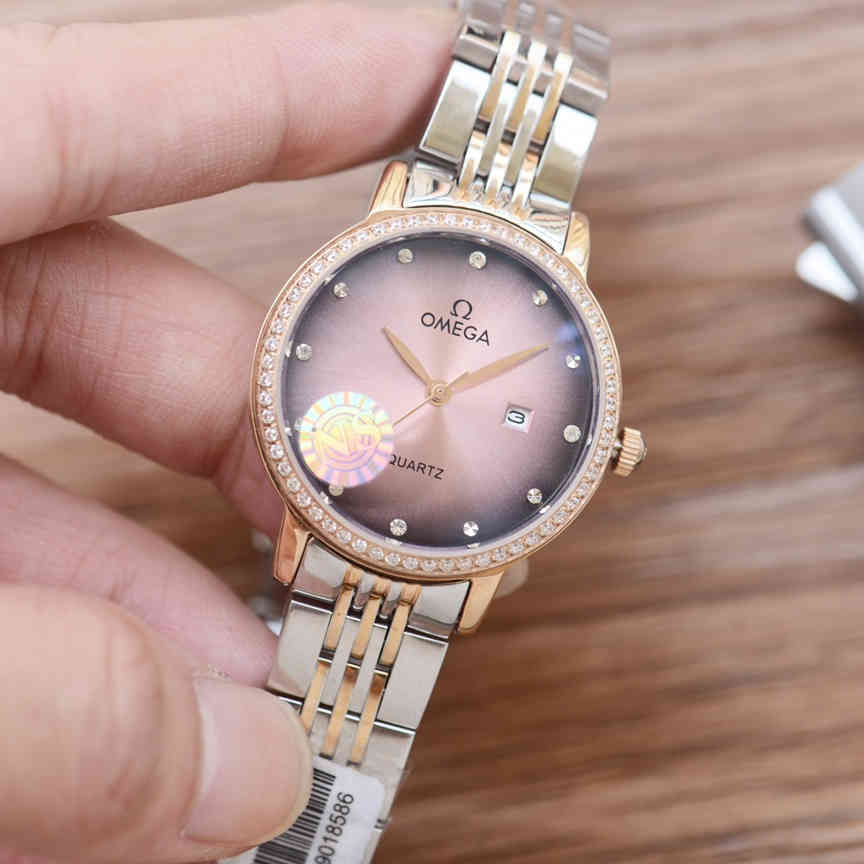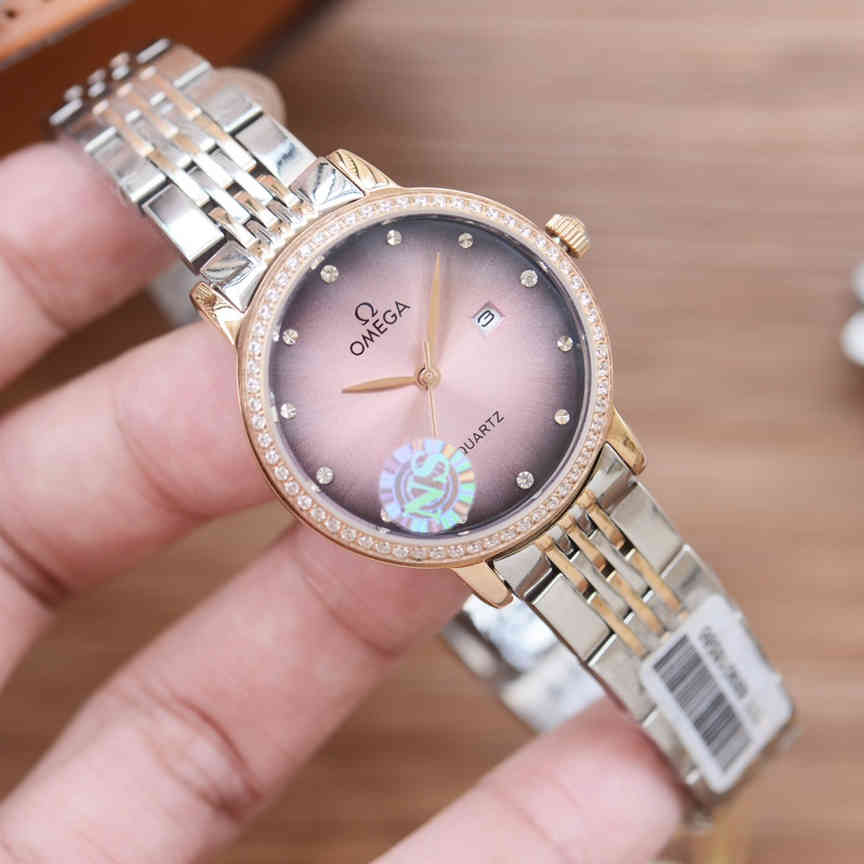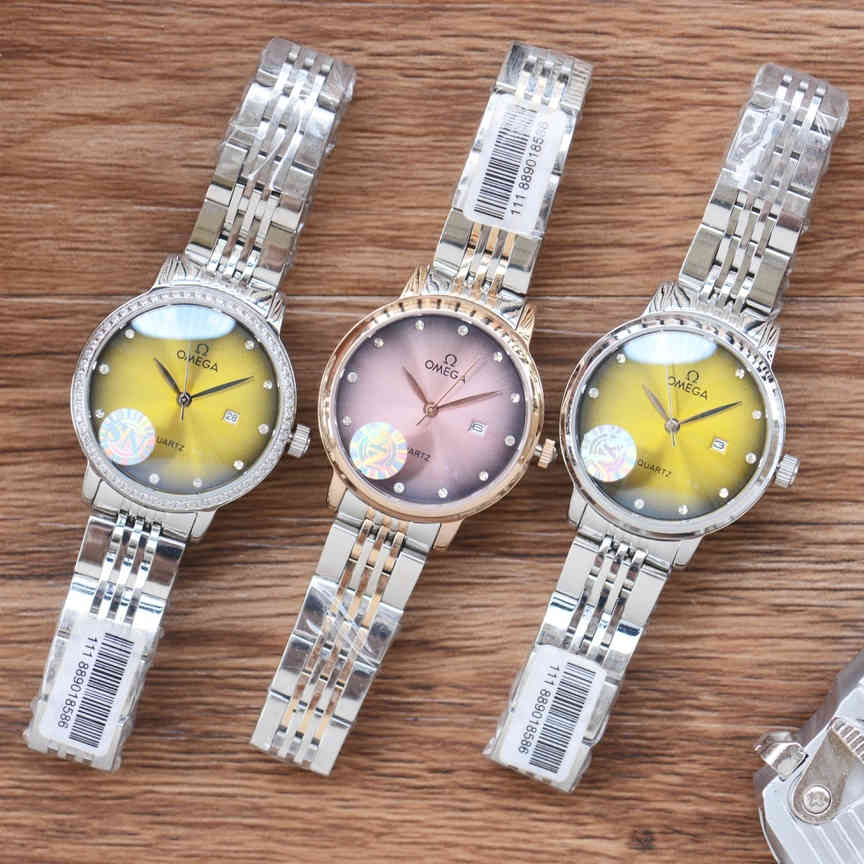To celebrate the brand’s 100th anniversary, Omega launched a limited edition watch with chronometer adjustment in 1948. The success in the market has made Omega keenly aware of the attention and demand for accuracy in mechanical watches. Four years later, a watch line that we know today was born: the Constellation.
As early as the late 1800s and the mid-1900s, observatory competitions were regularly held in different parts of Switzerland to showcase the brand’s strength. Unlike today’s Geneva or Baselworld, there were no new products on display, but a real contest between brands.
In 1931, Omega won all six categories and in 1932 was named the official timekeeper of the United States Olympic Games. After World War II, the watch industry also quietly made the switch from pocket watches to wrist watches in response to demand. Wearing habits have changed, but there is no compromise on accuracy. A wider market, more brands, and greater output have led to a time evaluation where the former competition has gradually been replaced by neutral testing organizations, and the Switzerland Astronomical Observatory certification COSC has entered the historical stage. From 1958 until the start of the quartz crisis, Omega was the largest manufacturer of chronometer watches, most of which were Constellations.

























Harvey Augustus –
seller shipped the watch quickly, delivery was prompt